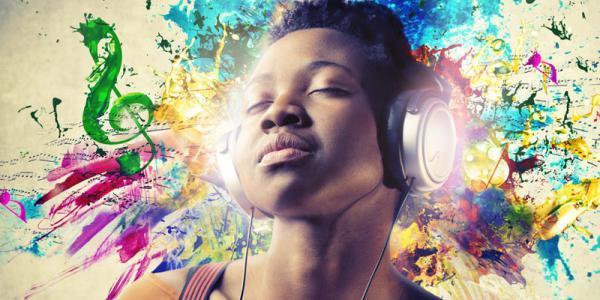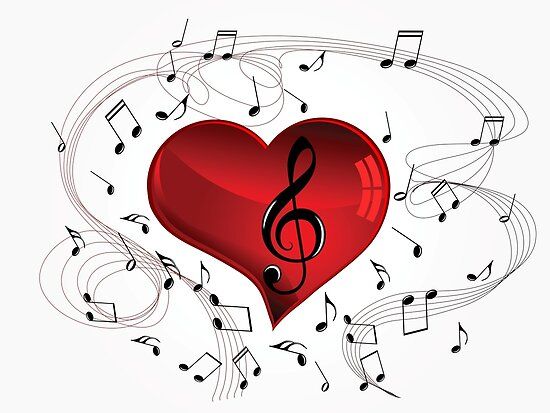
“Mankind has long recognized the power of sound. About 2,500 years ago, the Greek mathematician and philosopher Pythagoras developed “prescriptions” of music for his students. He told them which sounds would help them work, relax, sleep and wake up better. The Bible tells of David, the famed harp player whose music eased the madness of King Saul. Charles Darwin believed that prehistoric humans originally used musical sounds as mating calls.
Unfortunately, no one knows exactly what is behind sound’s power. “We’re aware of many of the effects that sound can have on the body,” Dr. Halpern says. “But no one can really, really say how sound therapy can help heal the body.
All sound, whether it comes from a shiny brass trumpet or a rusty car muffler, travels in waves of energy. These waves have a number of variables that give a sound its unique quality. Among others, there are velocity, or the speed at which the waves travel; frequency, which is the number of waves per second that an object produces; and intensity, which is a measure of a sound’s loudness.
Our body’s main sound sensor is the ear. The skin, bones, fluid and nerves in the ear help collect sound waves and send impulses to the brain. The brain reacts to these impulses and sends out directions that help control heart rate, breathing rate and other bodily functions.
Dr. Halpern says sound can have a great effect on your heartbeat. “Your heart will speed up or slow down to match the rhythm of a sound,” he says. “If you’re listening to music with a fast drumbeat, your heart will speed up. And if you’re listening to a slower piece, your heart will beat slower to match it.” Dr. Halpern calls this process entrainment and says you can test it yourself by listening to various pieces of music, fast and slow, and then taking your own pulse.

Sounds can also affect your breathing, blood pressure and muscle tension and perhaps cause the release of painkilling, mood-changing chemicals called endorphins, Dr. Halpern says. All of these factors may combine to create a state of total relaxation, he says, reducing stress and giving the body a chance to heal itself.
One theory holds that vibrations from sound waves can also have a direct impact on individual body parts. Science has long known that every atom vibrates, emitting sound waves even though they’re far too faint for us to hear. Since body parts are made up of atoms, they all produce sound waves. Some therapists believe that these sound waves are altered when disease or stress hits- and they also believe that directing sound waves at the body or its parts can restore natural rhythms and encourage and support healing. This technique, called cymatic therapy, is used in the United States by holistic practitioners, including acupuncturists, osteopaths, sound therapists and others.

Finally, there’s the theory that sound waves can balance energy centers, or chakras, in the body and promote health. Eastern philosophy holds that the body has seven chakras, which control function and energy flow in different organs of the body. Dr. Halpern believes that the chakras vibrate at specific frequencies that relate to the notes on a music scale. When there are disruptions to the chakras caused by stress, disease or other factors, the frequencies are thrown off. By applying specific sounds or music to the body, the chakras can be returned to normal, and the body will heal itself, he says.”
~ New Choices in Natural Healing

